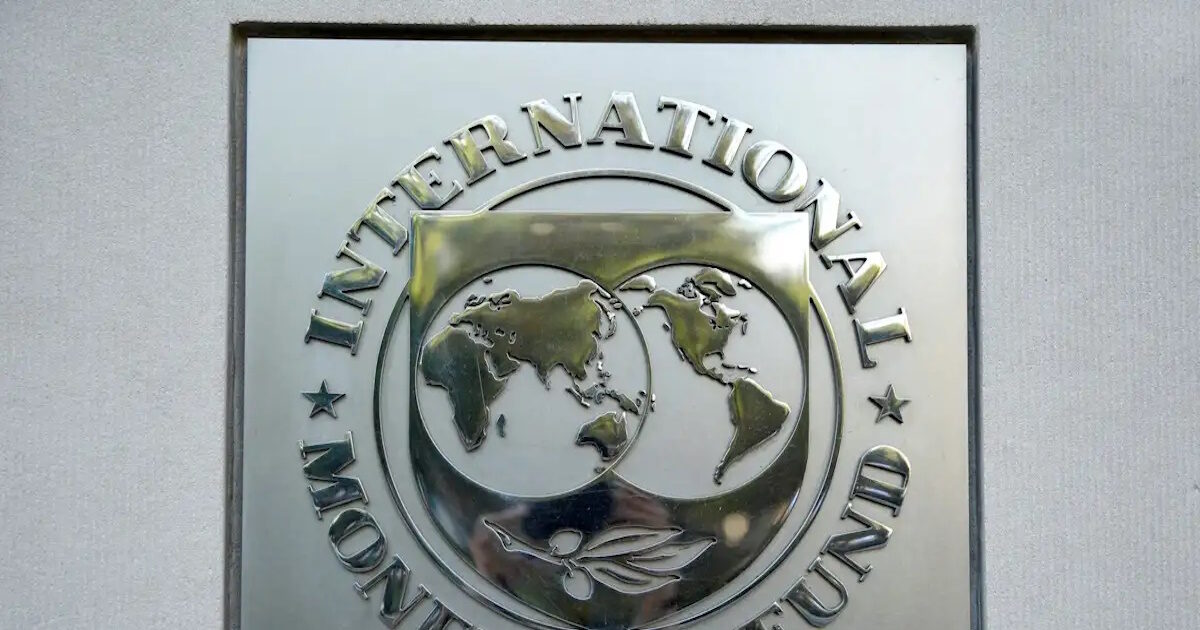The International Monetary Fund in his report (How Can Europe Pay for Things That It Cannot Afford?) expects an explosive increase public debt of European countries in the coming years due to increased spending pressures in a range of sectors and higher borrowing costs.
According to the IMF, the pressures concern spending on health care and pensions, defense and climate change, which in total are estimated to increase on average in developed economies the level of public expenditure by approximately 4.5 percentage points of GDP until 2040, while especially for the countries of Central, Eastern and South-Eastern Europe it is expected to increase by 5.5 percentage points of GDP. If no action is taken, the IMF estimates that the course of public debt will be unsustainable and at average levels will reach 130% of GDP by 2040, i.e. it will almost double from current levels. If, in fact, the debt is weighed against the GDP of the countries, it is estimated that it will reach 155% of the GDP as some of the largest European economies have the highest debt ratios.
The debt path could be even worse if the worsening fiscal position slows already anemic economic growth and further increases borrowing costs.
The report notes that the conclusion from the economic literature is that public debt reduces growth, especially when it reaches high levels. This is because higher debt can lead to higher interest rates on government bonds, partly due to strengthening inflation expectations, which tightens financing conditions and drives away productive investment.
It can also lead to expectations of higher taxes in the future, curbing investment or creating risks to financial stability due to banks’ exposure to government debt.
On average, relevant studies find that a 10 percentage point increase in the debt-to-GDP ratio reduces annual GDP growth by about 0.05-0.2 percentage points when debt exceeds 75% of GDP.
Taking this into account, the IMF estimates that rising debt, without corrective measures, could slow annual GDP growth by around half a percentage point by 2040, which is significant given the potential growth rate of around 2% on average across all European countries.
In turn, lower growth and higher interest rates would worsen debt dynamics, and the average debt ratio would reach around 150% of GDP by 2040 (or close to 190% weighted to GDP).
According to the IMF, Europe needs an ambitious policy to deal with the explosive growth of debt, which will include both reforms and fiscal consolidation measures.
This policy should be based on three pillars:
- Reforms that will increase the government’s ability to cope with pressures by boosting economic growth (for example, product market, labor market and governance reforms, as well as a deeper European Union single market), will address some spending pressures (for example, adapting pension systems to mitigate the costs of aging and longer life expectancy) and will ease the burden on national budgets.
- Medium-term fiscal consolidation measures, both on the revenue and expenditure side. These could include revenue mobilisation, through tax policy reform and improved revenue management, as well as stricter expenditure prioritization and improved efficiency.
- In some countries, the report notes, more radical fiscal measures may be needed that could include a reassessment of the scope of public services.
